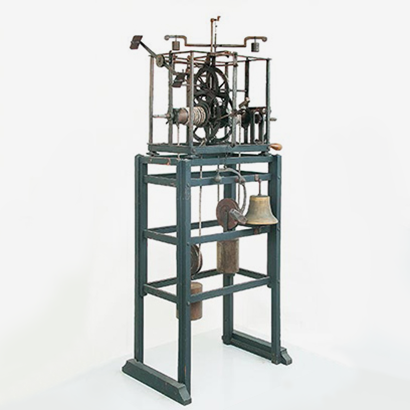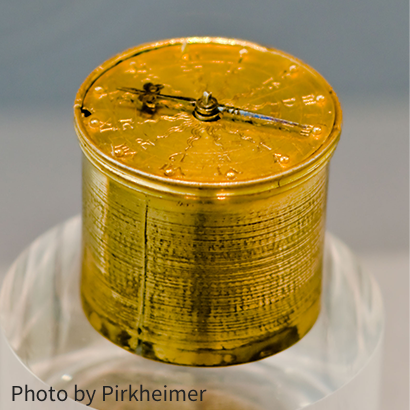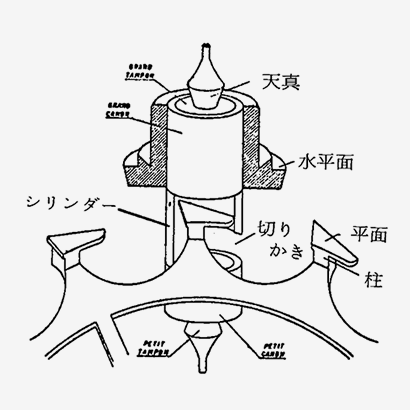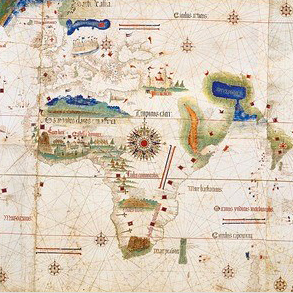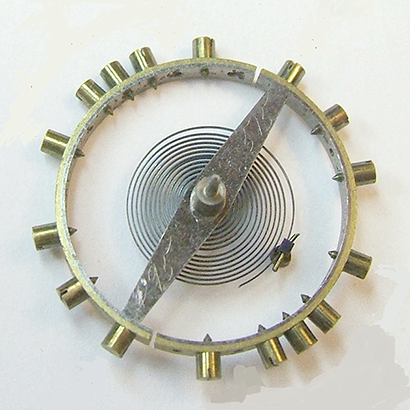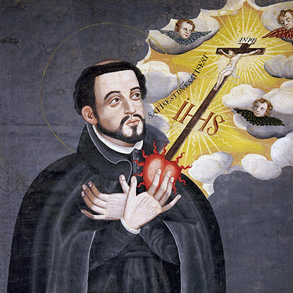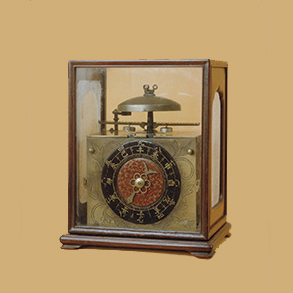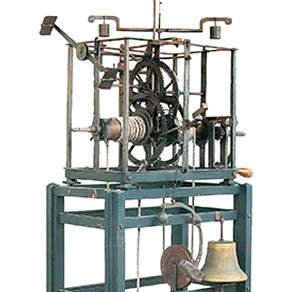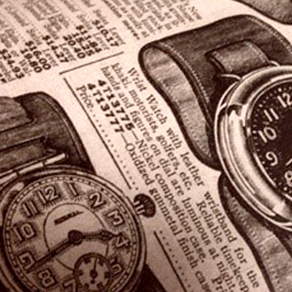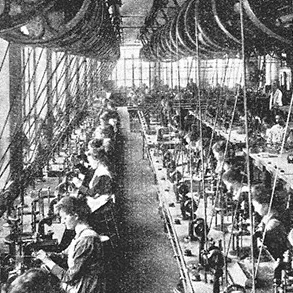The invention of the pendulum clock
The foliot balance served as a regulator from the time that the first mechanical clocks were built as tower clocks during the Renaissance in around 1300, until it was superseded by the isochronous pendulum.
Based on the principle of the balance, the speed of these early foliot balance clocks could be adjusted by moving the weights inward or outward along the balance, which would alter its rotational speed, thereby altering the speed of the crown wheel escapement’s progression to either speed up or slow down the movement of the hand.
The foliot balance was used for more than just tower clocks. Up until at least the middle of the 17th century, it was also used for weight-driven lantern clocks in people’s homes and in early and large portable pocket watches exceeding 10 cm in diameter.
Invention of the isochronous pendulum clock
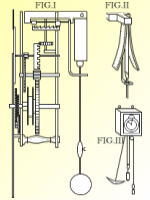
Galileo Galilei discovered the isochronism of the pendulum in 1583. This was the turning point from the age of mechanical clocks not controlled by periodic motion to the age of mechanical clocks moved by continuous oscillation in a fixed cycle. Galileo conceived of an isochronous pendulum clock in 1637, but never went on to complete it.
In 1656, fourteen years after Galileo’s death, Christiaan Huygens used a pendulum for a weight-driven clock with a crown wheel escapement, thereby inventing the first pendulum clock. In place of a foliot balance, he utilized an isochronal pendulum and placed compensators on both sides to limit the amplitude of the pendulum.
The isochronism of the pendulum discovered by Galileo has a particular condition, which is that the pendulum is isochronous so long as it swings in a cycloid curve. If the amplitude of the pendulum becomes too great, the pendulum will leave the cycloid curve and lose its isochronism.
For foliot balance clocks, a daily error of about 15 minutes was normal, but with the invention of the pendulum clock this was greatly improved to just a few minutes a day.
Crown wheel escapement weakness
With a pendulum, the accuracy is reduced if the amplitude is too great, but the inevitably large angle of oscillation produced by the crown wheel escapement proved to be a fundamental flaw of the mechanism. Furthermore, since the crown wheel escapement was easily disrupted by the swing of the pendulum and worn out by friction, its precision had only limited stability.
Hooke’s and Clement’s recoil anchor escapements
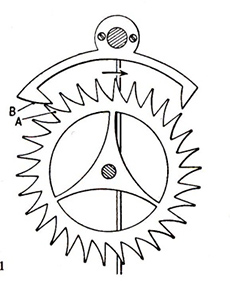
The British scientist Robert Hooke studied the pendulum clock which Huygens had invented in 1656, and contrived a “recoil anchor escapement” which greatly decreased the amplitude of the pendulum. This escapement was composed of an anchor and an escape wheel. With the crown wheel escapement, the angle of the pendulum amplitude was inevitably more than 30 degrees due to the large verge, and this resulted in an overly long oscillation period. In contrast, the recoil anchor escapement was driven by a pendulum swinging at small amplitude of just two to five degrees, meaning it could swing in a cycloid curve.
The English clockmaker William Clement then improved Hooke’s recoil escapement around 1671 and contributed greatly to the popularization of this technology in ensuing years. The longer and heavier the pendulum, the more stable the accuracy of the clock will be, and by making the escapement work with a small amplitude of just two to four degrees, Clement was able to use a long pendulum of over one meter to achieve more precise isochronism. In the same year he reportedly produced the Royal Pendulum Clock—a longcase clock with a pendulum of more than one meter in length, an oscillation period of two seconds per cycle (0.5 Hz), and accuracy that could be measured in seconds—and had it installed in the Royal Greenwich Observatory.
With the anchor escapement, the pallets of the anchor accurately regulated the rotational speed of the escape wheel while keeping in step with the pendulum, which dramatically improved the precision. Later, the second hand was added, and shortly thereafter the anchor escapement replaced the crown wheel escapement as the regulating mechanism of the clock.
However, this recoil anchor escapement had a problem of its own, as the motion of its escape wheel affected the rotation of the second hand.
Recoil literally refers to the recoil of the wheel. When the escape wheel recoiled slightly just after the advance, this unnecessary movement was transmitted to the second hand, which slightly degraded the precision.
References
Manual of Timepiece Theory 4, Escapement. Daini Seikosha F
Hirai, Sumio, The story of timepieces. The Asahi Shimbun Publishing Service
Yamaguchi, Ryuji, Timepieces. Iwanami Shinsho


